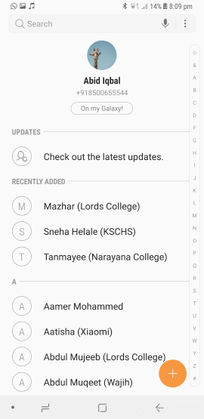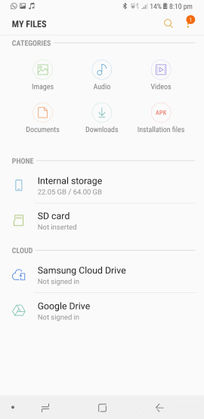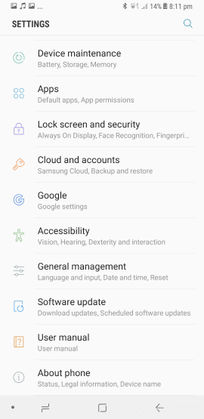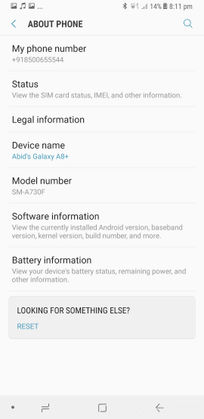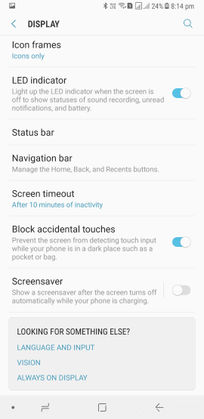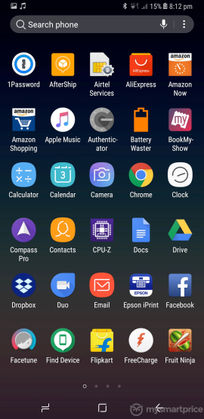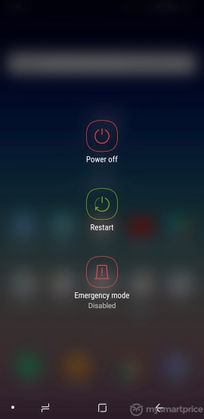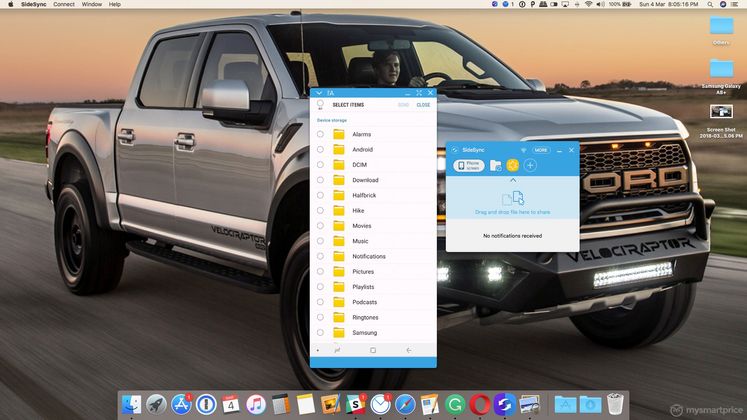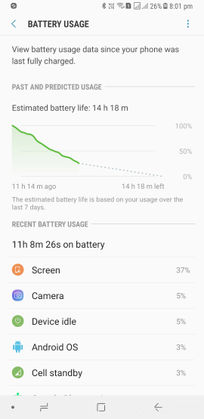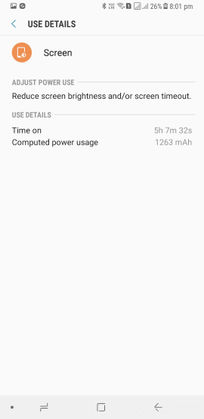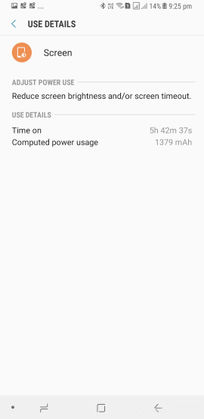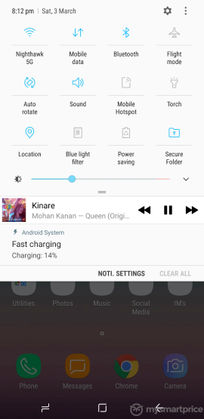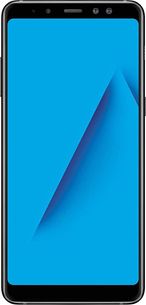
Samsung has launched many mid-range smartphones in the past couple of years, but they were either overly-priced or lacked essentials features, which is why its mid-range smartphones are generally disregarded by experts. With the launch of the Galaxy A8+, Samsung has aimed to change the way people think about its mid-tier smartphones.
Samsung Galaxy A8+
Rs. 30,999What Is Good?
- Sturdy build quality
- Excellent display
- Most feature-packed UI in its price range
- One of the best front-facing camera performance
What Is Bad?
- Average primary camera performance; misses out on 4K video recording
- Performance isn't as good as its rivals
- Average battery backup
- Overly priced
The Samsung Galaxy A8+ has an all-new bezel-less design. The device also packs a new processor, newer camera modules, and revamped connectivity options. Can the Galaxy A8+ with its new hardware change the perception of the people towards Samsung’s mid-range smartphones? Here is what I think after using the Samsung Galaxy A8+ for two weeks.
Samsung Galaxy A8+: Build Quality
The Samsung Galaxy A8+ comes with a metal frame, sandwiched between the glass at the front and the back. The build quality is solid; I accidentally dropped the Galaxy A8+ a couple of times, but the device did not show any sign of damage. The device feels grippy in hands and gives the user a premium feel. The device also has IP68 water and dust resistance, which I think makes for a huge selling point as none of the competitors have it.
The only drawback is the positioning of the speaker, it gets muffled while holding the device in the landscape position, and also while in the pocket, but rather than that, I am completely satisfied with the design and build quality of the device. Nice work Samsung!
Samsung Galaxy A8+: Display

The Samsung Galaxy A8+ is the first mid-range smartphone from the company to have a bezel-less display. The display is a 6-inch Super AMOLED panel with Full HD+ resolution (2160×1080) and Corning Gorilla Glass protection. Apart from the OnePlus 5T, no other phones competing with the Galaxy A8+ have an AMOLED display.
Although the display has smaller-than-usual bezels compared to the traditional smartphones, they are still noticeable compared to high-end bezel-less phones. Being a Super AMOLED panel, it was expected to deliver punchy colours, high brightness levels, and good visibility under sunlight, and the display did deliver.
The display has vibrant colour tone, and the brightness levels are also very high. However, the surface of the display is very glossy, due to which the visibility under direct sunlight isn’t as good as I expected. Nonetheless, it outperforms all the LCDs in its price range. I found the sharpness to be adequate too; text and all the small icons appear sharp and clear.
Overall, the display isn’t as good as that of the OnePlus 5T, but better than every other smartphone under Rs. 35,000 including the Xiaomi Mi Mix 2, Nokia 8, and the Honor View 10.
Samsung Galaxy A8+: Camera

The Samsung Galaxy A8+ has a different approach in the camera department than its rivals. While the other smartphones have a dual-camera at the back, the Galaxy A8+ has it at the front. The dual-camera setup includes one 16MP sensor and one 8MP sensor. The 16MP sensor has normal FoV, while the 8MP sensor has a wide FoV. The dual-camera setup can also capture images with background blur (also known as portrait mode).
Starting with the 16MP front-facing camera, the images from it came out sharp, detailed, and noise-free in the daylight. I found the colours to be more vibrant than they were in real life, but I prefer it that way, so it isn’t an issue for me. The camera also managed to produce bright and detailed images in low light. However, the images from the 8MP wide-angle camera weren’t as good as that from the 16MP camera. In comparison, they weren’t sharp and had less details.
The portrait selfies during daylight turned out pretty well; the camera was able to distinguish between the face and the background objects without any issues. However, the portrait mode goes for a toss during lowlight; the camera gets confused between the subject and the background objects, resulting in wrong focus selection. The lowlight portrait images also turn out to be very grainy.
Moving to the primary camera, it is a single 16MP shooter with an LED flash. The Galaxy A8+ is the first mid-range smartphone from Samsung to have phase-detection autofocus (PDAF). I wonder why it took so long for Samsung to incorporate such an essential feature in its smartphones. Nonetheless, it is here now. Even phones priced below Rs. 10,000 from Xiaomi have cameras with PDAF.
The image quality from the primary camera is excellent during daylight. The images have high amount of details, there is no evident over-sharpening, the focus is fast and accurate, and the colours are punchy too. Even the dynamic range is very good. However, the low-light images are disappointing. In low-light conditions, images captured using the Galaxy A8+ appear very soft, affecting the details a lot; images also have tons of noise as well as lens flare. The lack of OIS is also very evident; even minor shakes while capturing a photo results in a blurry image.
In addition to bad low-light image quality, the device doesn’t even come with 4K video recording. No 4K video recording even after spending over Rs. 30,000? That alone makes for one big reason to not buy the Samsung Galaxy A8+. Combing the daylight and lowlight image quality, I’d say the camera performance is just average, and I am not even considering the absence of 4K video recording. So, shutterbugs, this is definitely not the device for you.
Samsung Galaxy A8+: Performance
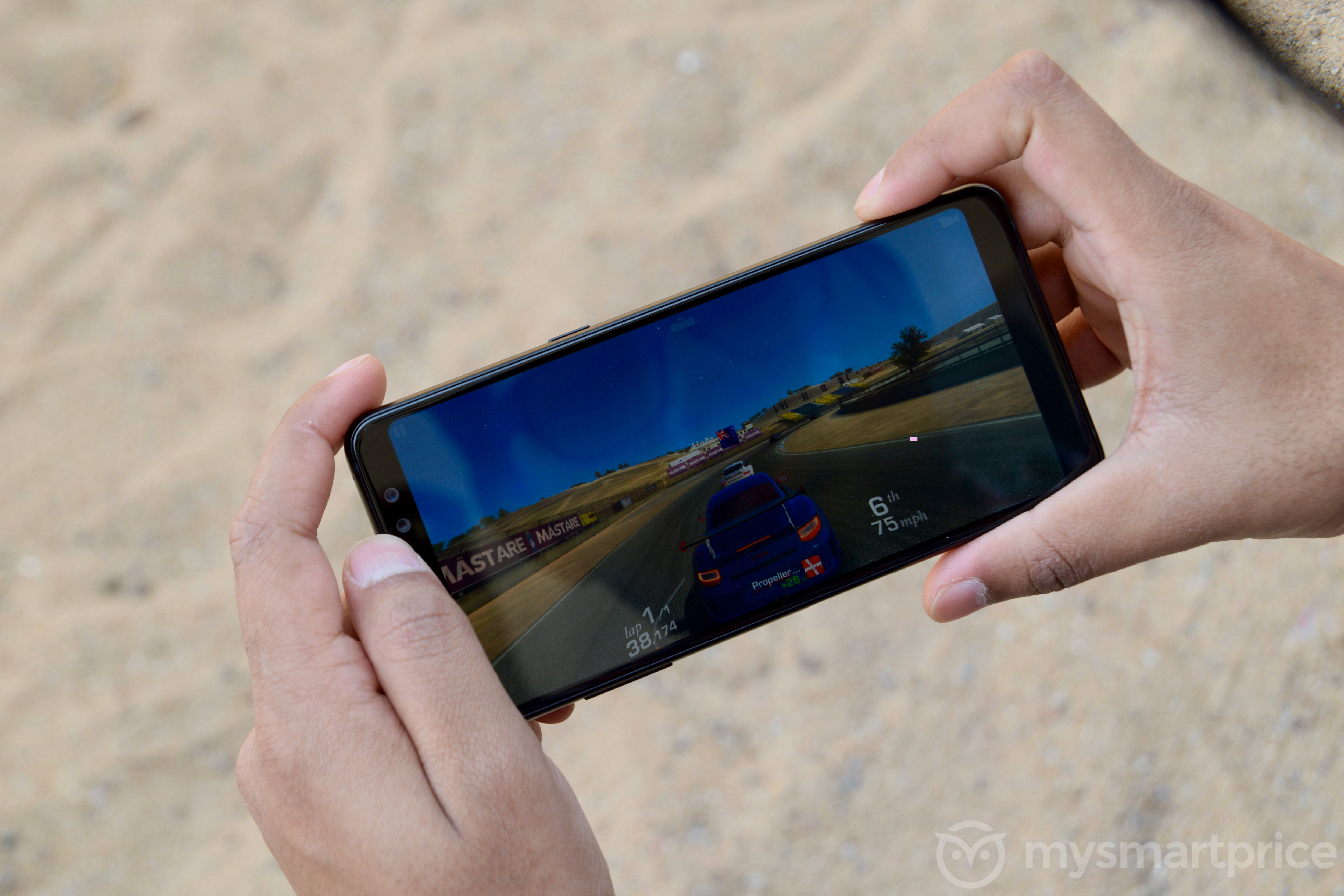
The weakest point of the Samsung’s mid-range smartphones were their processors, they lacked power, resulting in a sluggish performance. It looks like Samsung rectified the problem, which is why the Samsung Galaxy A8+ comes with the newly-developed Exynos 7885 SoC. The Exynos 7885 is the first chipset from the company to have two high-performance Cortex-A73 cores and four high-efficiency Cortex-A53 cores. The chipset is mated to 6GB of RAM.
As a result of the powerful processor, the Galaxy A8+ is way faster and smoother than the older mid-range smartphones from the company. However, as much I’d hate to say this, the Galaxy A8+ is much slower than the OnePlus 5T and the Xiaomi Mi Mix 2. Even the cheaper Xiaomi Redmi Note 5 Pro has a faster and smoother performance than the Samsung Galaxy A8+.
It is not that the device lags; it performs without hiccups even under loads, but when you compare the Galaxy A8+ and the OnePlus 5T side by side, you see a huge difference in their UI smoothness. The smartphones like OnePlus 5T, Xiaomi Mi Mix 2, and the Nokia 8 have silky-smooth animations, which the Galaxy A8+ lacks. As for the gaming, the device has no issue playing the titles with heavy graphics at high frame rates.
Samsung Galaxy A8+: Software

Coming to the software of the device, the Galaxy A8+ has Android 7.1.1 Nougat OS, and it is customised with Samsung’s Experience UI. In my opinion, Samsung’s UI is by far the most beautiful and modern looking UI in Android smartphones. The app icons, notification icons, font, widgets, app drawer, notification drawer, and the whole UI is very beautifully laid out, and it feels very polished.
Not only the UI design is great, but it also packs plenty of features including Secure Folder, customisable themes, and inbuilt device maintenance. I personally love the Secure Folder option; it creates a separate partition, where one can hide images, videos, files, and can also install applications that can only be accessed by unlocking the Secure Folder.
In case you don’t know, Samsung has a PC companion software for its Android smartphones, called the SideSync; it is available for Windows and MacOS. The SideSync can be used for file transfers, device backups, and it can also mirror the smartphone’s display to the PC. I’ve been using the SideSync for a long time, and I’d say it is the best PC companion software out there; it has plenty of features and beautiful, modern design. I think these extra features, and ecosystem extendibility is where the Samsung is ahead of its competitors.
Samsung Galaxy A8+: Battery & Connectivity
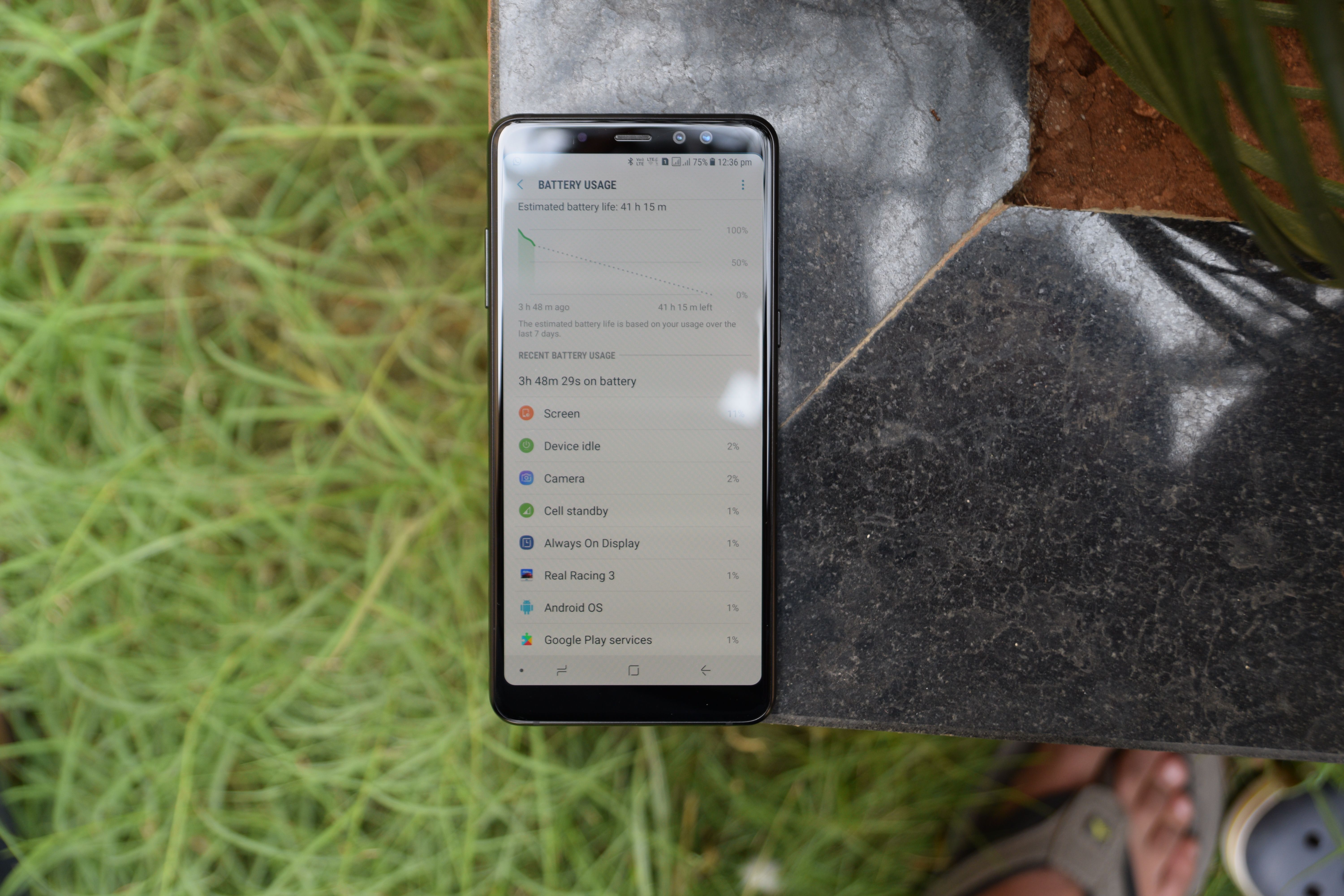 The Samsung Galaxy A8+ packs a 3500mAh battery, and it supports Adaptive Fast Charge. Looking at the battery capacity, I expected a lot, but unfortunately, the battery backup is just average. In my usage, the device returned a battery backup of around 20 to 24 hours with approximately five to six hours of screen-on time.
The Samsung Galaxy A8+ packs a 3500mAh battery, and it supports Adaptive Fast Charge. Looking at the battery capacity, I expected a lot, but unfortunately, the battery backup is just average. In my usage, the device returned a battery backup of around 20 to 24 hours with approximately five to six hours of screen-on time.
The Galaxy A8+ shines in the connectivity department. While the other smartphones have a hybrid SIM card slot, the Galaxy A8+ has dedicated slots for two SIM cards and a microSD card, allowing the users to use all the three at the same time. Keeping up with the trend, the device has a USB Type-C port and Bluetooth v5.0 connectivity. The Galaxy A8+ also retains the 3.5mm audio jack.
Though I am not an audiophile, I can tell that the audio quality from the headphone jack is good; it felt balanced and clean. The loudspeaker too is very loud and clear. However, as we’ve mentioned above, it gets muffled while holding the device in the landscape orientation. As far as the call quality and cellular network reception goes, I found it to be on par with the other devices; people on either side of the call were able to listen properly. Same goes for Wi-Fi; it works perfectly.
Samsung Galaxy A8+: Verdict

The Samsung Galaxy A8+ has a good display, excellent build quality, and a beautiful looking, feature-packed UI, but that’s it. The device lags way behind the OnePlus 5T, Nokia 8, and the Xiaomi Mi Mix 2 in the camera performance, smoothness, and battery backup.
According to me, the Samsung Galaxy A8+ doesn’t justify its price, and I wouldn’t buy one unless I need a waterproof smartphone, or if I am a Samsung fanboy. Though Samsung has come a long way, it still has many things to improve if it wants its mid-range smartphones to capture the market.























































